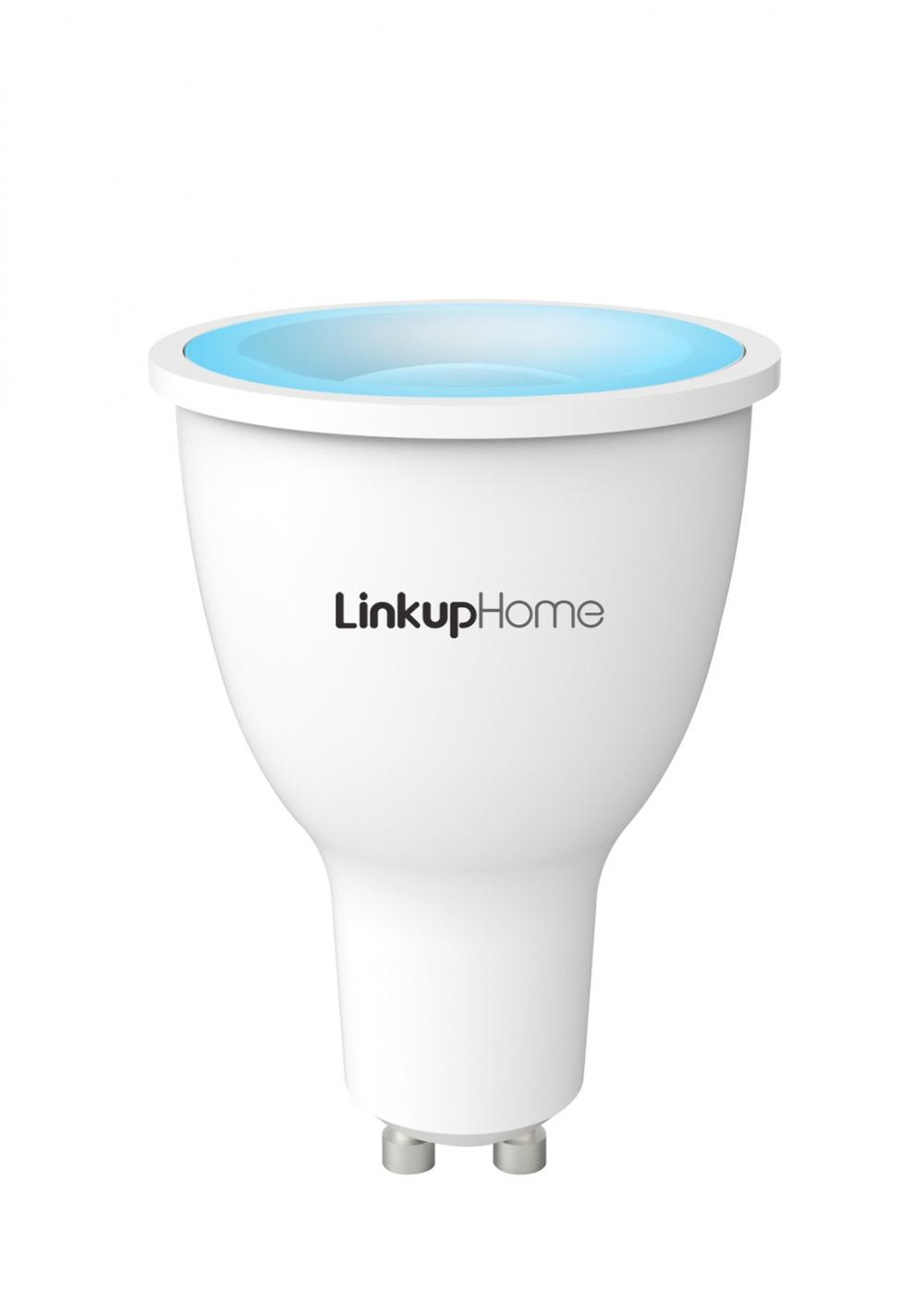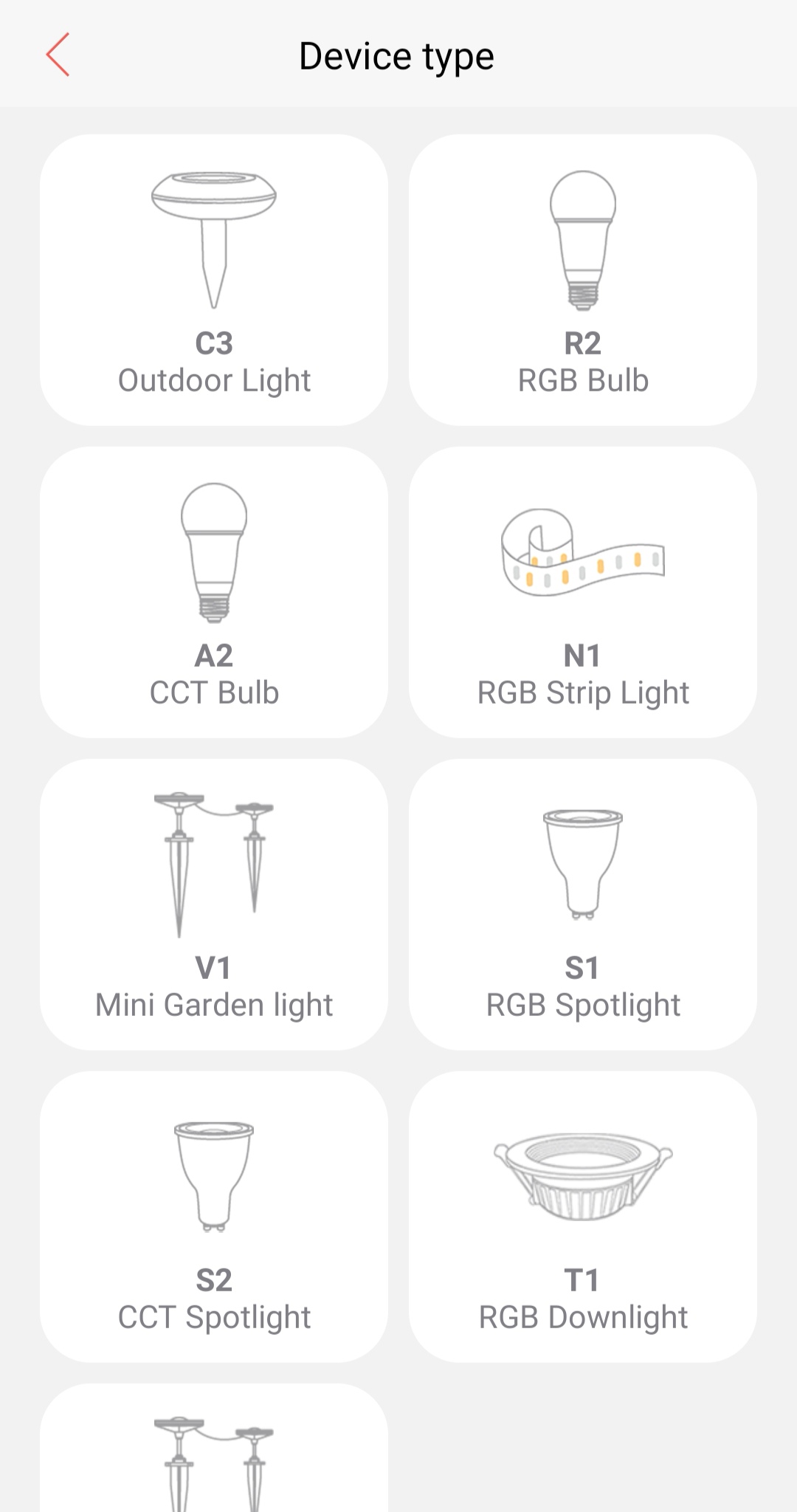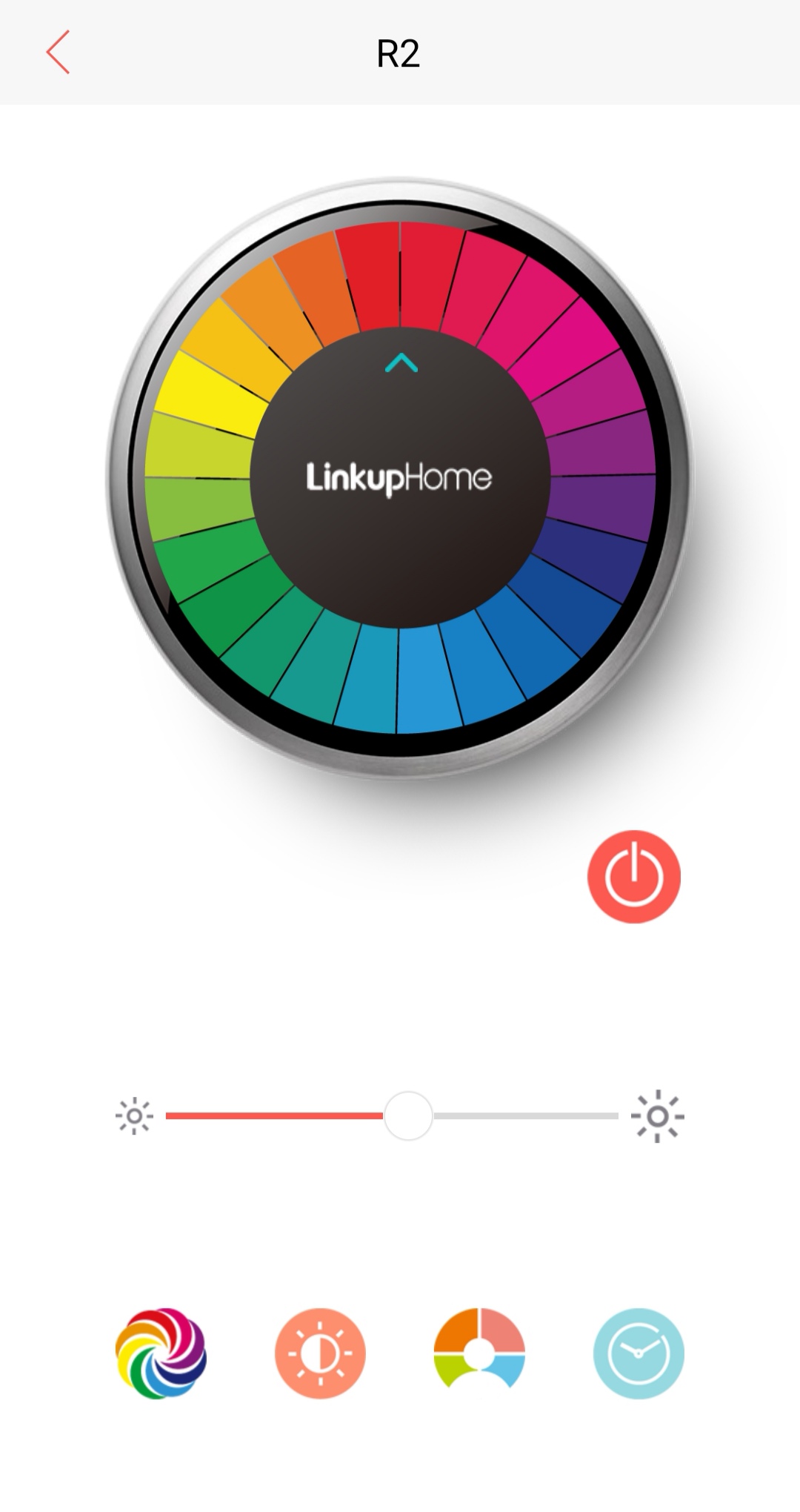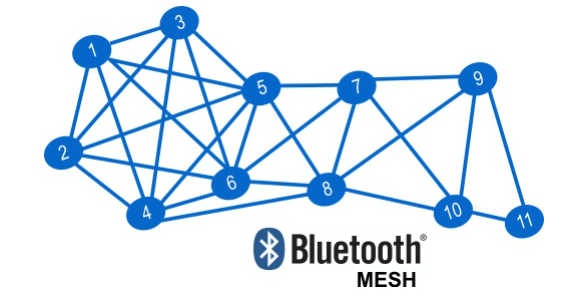Global photovoltaic product overcapacity Polysilicon price rise is difficult
Last year, the actual demand for photovoltaics declined. According to the latest report from IHSisupply, the global installed capacity in 2011 is expected to reach 21.9 GW, which is a year-on-year increase of 19.6%. But of this, Italy's 6.9 GW of data makes the industry suspicious. If the data of Italy is squeezed out, the actual demand last year will not only rise but will also decline.
According to the data provided by the Italian Energy Service Administration (GSE), as of December 2011, the PV system registered in the GSE and completed with the grid is close to 7GW. However, in this 7GW, the newly installed system in 2011 was only 3.7GW, and the remaining 3.3GW is built in 2010 and connected to the grid in 2011.
The reason for the above differences is mainly due to lengthy grid-connected PV systems in Italy. This difference means that the actual demand downstream of the global terminal in 2010 is 21.6 GW instead of 18.3 GW. Correspondingly, in 2011, the newly installed capacity of 21.9 GW on the surface, the actual demand after extruding water was only 18.6 GW, which not only did not rise, but fell by 13.9% year-on-year.
In addition to the slowdown in demand for Italian terminals, the installed capacity in Germany has also slipped from 7.4 GW in 2010 to 5.9 GW. All other countries in Europe fell to varying degrees.
However, the contribution of markets outside Europe began to appear last year. According to IHS statistics, in the United States, the installed capacity in the United States reached 2.7 GW in 2011, an increase of 195.1% compared to 2010; while the installed capacity of PV in China and Japan also reached 1.7 GW and 1.3 GW, respectively.
This year will be a true test. "Even though the total polysilicon consumption increased last year, the actual demand in the solar terminal market is only 123,500 tons, which means that there are still 6-7GW of component inventory around the world that has not been digested." Xie Chen, an analyst at the Silicon Industry Branch of the Metal Industry Association, said.
For most organizations, 2012 is the true test of the global photovoltaic market. On the one hand, the European countries have experienced rapid growth in the past two years, and the growth rate of photovoltaic installations has been slowing down. If the European economy continues to slump and banks continue to tighten lending guarantees, the installed capacity in Europe this year is likely to be flat or even regressive. On the other hand, the market in the United States and Asia will gradually become an important factor affecting the global photovoltaic industry in the future.
“An optimistic estimate that in 2012 the global installed capacity could reach 28GW, eliminating 7GW of existing inventory also means that there is only 21GW of real demand this year.†Xie Chen said.
In his opinion, with the current situation of the downstream giants, even if the current operating rate is maintained, the production of solar cells in 2012 will be at least 25GW. Therefore, unless the operating rate continues to decline in 2012 or the number of companies closed down, either Whether the demand grows or not, global PV products will continue to show a clear oversupply situation.
For polysilicon, the global PV market in 2012 will continue to expand on the basis of 2011. Therefore, the Silicon Industry Branch believes that it is difficult for global polysilicon prices to increase significantly in 2012, and the annual average price is expected to be around US$40 to US$50/kg.
Product parameters
Description: Smart RGBW GU10 Spotlight
Material: Die-cast aluminum
Product dimension: 50mm*62mm
Protocol: Bluetooth Mesh 4.1
Color: RGB+W
Color Temperature: 3500K
Beam angle: 35°
LED Power: 5W
Luminour Flux: 300LM
Introduction
Smart GU10 spot light with both warm light and RGB colorful light, it can meet the daily lighting and ambient lighting, high efficiency and energy saving, light source is stable and without strobe. The color, brightness and RGB lighting auto-cycle mode can be controlled on the App.

The App are developed on the most advanced Bluetooth Mesh technology. [LinkupHome" App can be downloaded in the App store or Google Player, then you can control our product without any complicated steps. The App is stable, easy control and multifunctional.


The advantages of Bluetooth Mesh are fast connect, low power consumption, no password required and Ad-Hoc Network. No need WIFI and hubs, as long as you have a Bluetooth-enabled smart phone, you can experience the smart light. When you install several smart GU10 spot lights, the self-organizing network function can make the signals free connect, break the limitation of distance.

Smart RGBW Spotlight, RGBW LED Spotlight, Smart Garden Spot Light, Garden Spot Lights Solar Powered
Ningbo Homey Photoelectric Technology. Co., Ltd , https://www.linkuphome.com